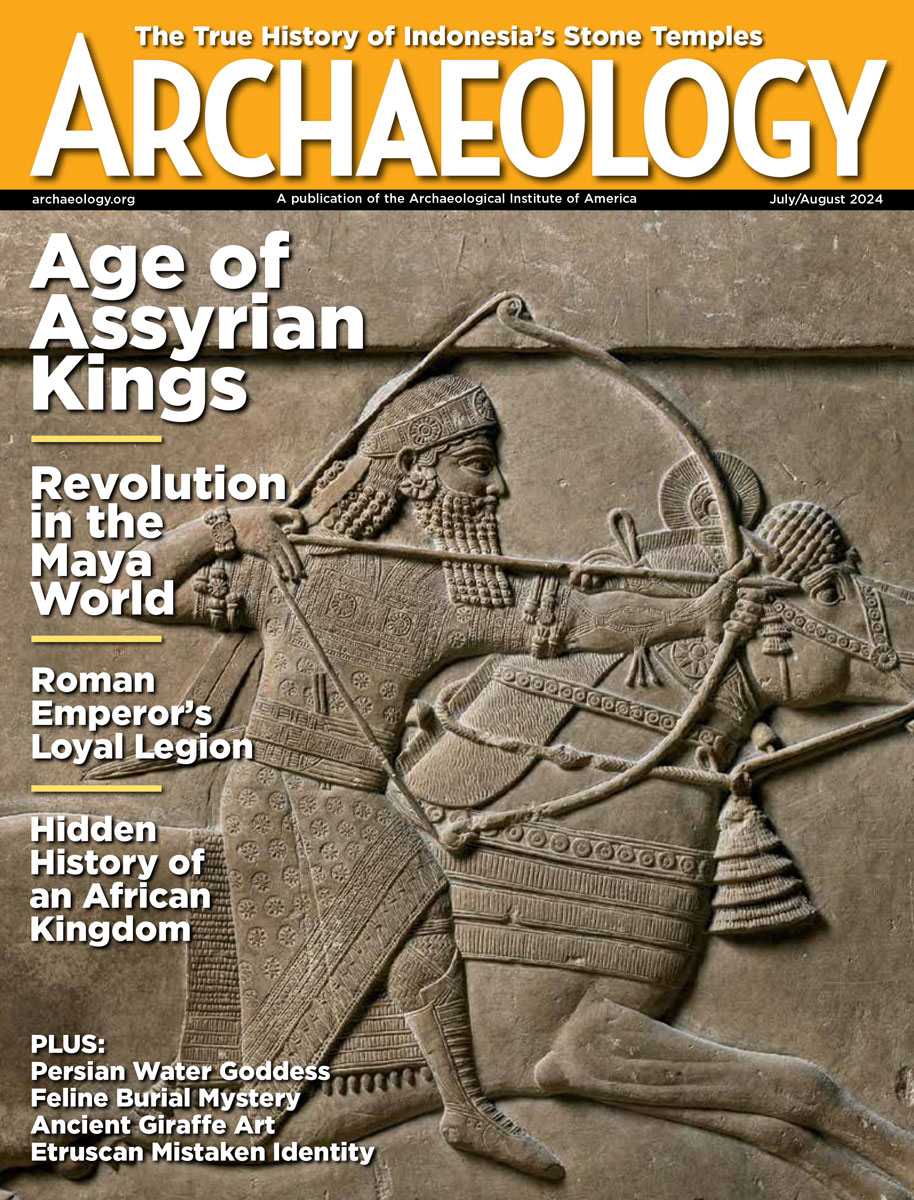

| |
| Spicy Digs at Tabasco Birthplace | March 29, 2000 |
| by Spencer P.M. Harrington | |
| The laboratory, the first Tabasco Sauce factory, in the late nineteenth century (Courtesy McIlhenny Company Archives) [LARGER IMAGE] |
University of Alabama archaeologists in June will excavate the south Louisiana building where Edmund McIlhenny invented Tabasco Sauce in 1868. Razed in the late 1920s, the building, known as the laboratory, is also reputed to have been a pigeon house and Confederate supply depot and barracks before its most famous use as the birthplace of the pepper sauce.
Bernard says the excavation has sentimental associations for the descendants of the McIlhennys and their neighbors, the Averys. The two families intermarried and the laboratory is known to have been a gathering place for dances and a place where books, paintings, and caged songbirds were kept. The pungent odor of vinegar and pepper mash fermenting in the basement is said to have brought tears to the eyes of visitors.
The laboratory was used to manufacture Tabasco Sauce between 1868 and 1905, when a larger factory was built elsewhere on the island. While in New Orleans following the Civil War, Edmund McIlhenny is said to have met a traveler, possibly a Confederate veteran, who gave him a few pepper pods from Mexico or Central America. Abandoning his search for a job in banking, McIlhenny returned to Avery Island to plant the peppers. Seeing that they took to the soil and were ripening to a bright red, McIlhenny decided to make a pepper sauce to spice up the post-war South's bland food. Tabasco gained renown in archaeological circles when Howard Carter carried along a bottle while searching for the tomb of King Tutankhamun.
© 2000 by the Archaeological Institute of America archive.archaeology.org/online/news/tabasco.html |
Advertisement

Advertisement



![[image]](https://archive.archaeology.org/news/thumbnails/tabasco2.gif)



